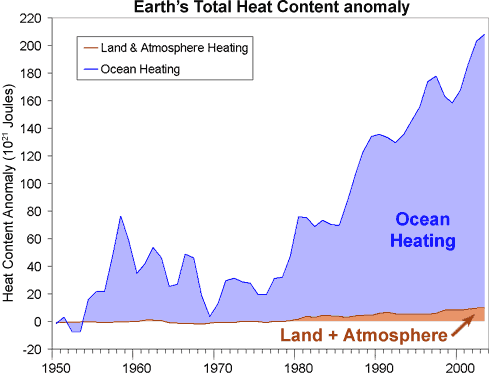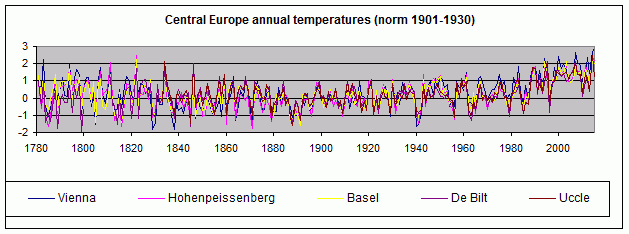Yes, it means that we would grow marginally less than we would have otherwise.
You goose.
3% annually is a massive amount.
http://www.oecd.org/document/40/0,2340,en_33873108_33873229_37149416_1_1_1_1,00.html
Recent macroeconomic performance continues to be impressive: gross domestic product (GDP) growth since the turn of the millennium has averaged above 3% per annum and, including the terms-of-trade gains, growth in real gross domestic income has averaged over 4%, among the handful of OECD countries achieving such rapid growth;
Better than an 5% loss of global GDP, or has high as 20% for individual GDP's in places like India.
Where do you get 20% per annum from?
Treasury made it very clear what the optimal level of mitigation was.
Zero.
And that's not even taking into account higher oil prices, which [strike]if[/strike] when oil reaches $150+ a barell then mitigation will actually lead to economic gains.
Stop trolling. It is getting rather annoying.










